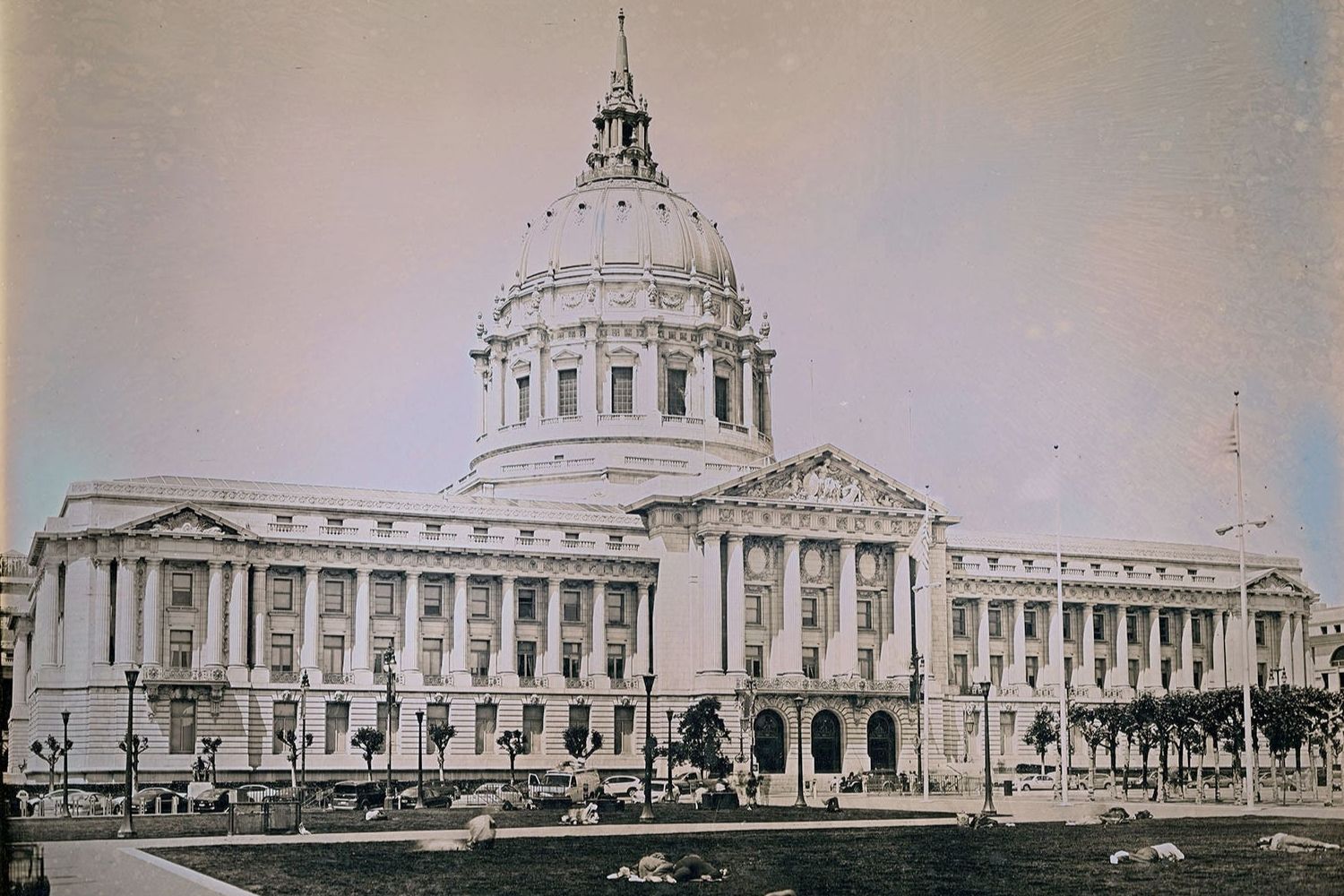Forgotten Daguerreotype Studios Of San Francisco

Have you ever wondered about the forgotten daguerreotype studios of San Francisco? These studios, once bustling with activity, captured the essence of a bygone era. In the mid-1800s, San Francisco was a hub for this early form of photography. People flocked to these studios to get their portraits taken, preserving moments in time. Today, many of these studios have faded into obscurity, but their legacy remains. From the gold rush to the rise of modern photography, these studios played a crucial role in documenting history. Let's take a closer look at the fascinating world of San Francisco's daguerreotype studios.
The Rise of Daguerreotype Studios in San Francisco
In the mid-1800s, San Francisco became a bustling hub for daguerreotype photography. These studios captured the essence of the Gold Rush era, preserving moments in time for future generations. Let's explore some of the forgotten studios that once thrived in this vibrant city.
1. Vance & Hurd's Daguerreotype Gallery
Located on Montgomery Street, Vance & Hurd's studio was renowned for its high-quality portraits. The gallery attracted miners, merchants, and families eager to document their lives during the Gold Rush.
2. R. H. Vance's Photographic Rooms
R. H. Vance, a pioneer in early photography, operated several studios across California. His San Francisco location on Clay Street became a popular destination for those seeking professional portraits and scenic views of the city.
3. William Shew's Daguerreian Gallery
William Shew, a prominent daguerreotypist, opened his gallery on Clay Street in the 1850s. Known for his artistic flair, Shew's portraits were highly sought after by San Francisco's elite.
4. Bradley & Rulofson's Photographic Studio
Bradley & Rulofson's studio, situated on Montgomery Street, became famous for its innovative techniques and high-quality images. The studio's success led to its expansion, making it one of the most prominent photography businesses in the city.
5. Charles L. Weed's Daguerreotype Studio
Charles L. Weed, an early adopter of the daguerreotype process, established his studio on Kearny Street. Weed's work included portraits, landscapes, and even early attempts at stereoscopic images.
6. George H. Johnson's Photographic Gallery
George H. Johnson, a skilled daguerreotypist, opened his gallery on Washington Street. Johnson's studio became known for its detailed and lifelike portraits, attracting clients from all walks of life.
7. Silas Selleck's Daguerreotype Rooms
Silas Selleck, a well-respected photographer, operated his studio on Montgomery Street. Selleck's portraits were praised for their clarity and artistic composition, making his gallery a popular choice among San Franciscans.
8. Henry W. Bradley's Photographic Establishment
Henry W. Bradley, a talented daguerreotypist, ran his studio on Clay Street. Bradley's work included not only portraits but also cityscapes and images of significant events, providing a visual history of San Francisco during the Gold Rush.
9. Robert H. Vance's Gallery of Art
Robert H. Vance, a prolific photographer, opened his Gallery of Art on Montgomery Street. Vance's studio was known for its extensive collection of daguerreotypes, including portraits, landscapes, and architectural studies.
10. James M. Ford's Daguerreotype Saloon
James M. Ford operated a mobile daguerreotype studio, known as a "saloon," which traveled throughout San Francisco. Ford's innovative approach allowed him to capture images of people and places that other studios couldn't reach.
11. William H. Rulofson's Photographic Emporium
William H. Rulofson, a partner in Bradley & Rulofson, also ran his own studio on Montgomery Street. Rulofson's Emporium became famous for its high-quality portraits and innovative photographic techniques.
12. John Plumbe Jr.'s National Daguerreian Depot
John Plumbe Jr., a pioneer in American photography, established his National Daguerreian Depot on Montgomery Street. Plumbe's studio offered a wide range of services, including portraits, landscapes, and architectural photography.
13. Frederick Coombs' Daguerreotype Gallery
Frederick Coombs, a well-known daguerreotypist, operated his gallery on Kearny Street. Coombs' work was celebrated for its artistic quality and attention to detail, making his studio a favorite among San Francisco's residents.
14. William H. Rulofson's Photographic Palace
William H. Rulofson's Photographic Palace, located on Montgomery Street, was one of the grandest studios in San Francisco. The Palace featured luxurious interiors and state-of-the-art equipment, attracting a high-end clientele.
15. Charles D. Kirkland's Daguerreotype Rooms
Charles D. Kirkland, a skilled photographer, ran his studio on Washington Street. Kirkland's portraits were known for their lifelike quality and artistic composition, making his gallery a popular choice for San Franciscans seeking high-quality images.
Preserving History's Glimpse
The forgotten daguerreotype studios of San Francisco offer a fascinating peek into the past. These studios captured moments from a bygone era, preserving memories that might otherwise be lost. Exploring these studios reveals the artistry and dedication of early photographers who brought the city’s history to life.
Understanding the significance of these studios helps appreciate the evolution of photography. It also highlights the importance of preserving historical artifacts. By remembering these studios, we honor the pioneers who paved the way for modern photography.
Next time you walk through San Francisco, think about the hidden stories behind old photographs. They are more than just images; they are windows into the lives and times of those who came before us. Preserving these memories ensures that future generations can also glimpse the rich history of this vibrant city.

